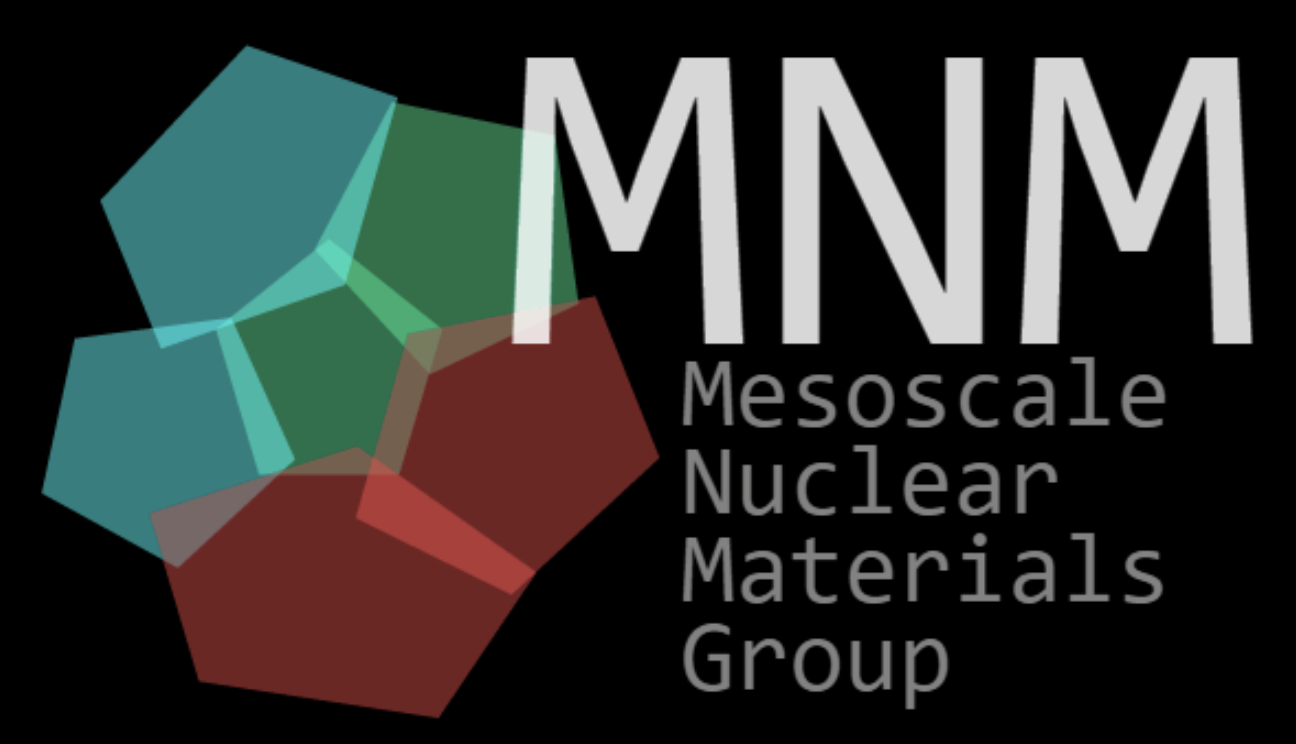A decade ago, I attended Princeton PPPL's (Princeton Plasma Physics Laboratory) Science on Saturdays, a series of cutting-edge lectures given by leading scientists to explain phenomena observed in their research at the PPPL. Though the fascination of nuclear physics (and the donuts and bagels associated therewith) would subduct underneath mathematics, music, and geography for quite some time, it exploded in 2021, when I found the work of Prof. Michael Short and received a UROP under his guidance.
Tokamaks—giant, metal donuts used for whirling atoms and elementary particles at ultra-high speeds—are built to observe particle phenomena at the limits of our current laws, and to make new discoveries on particle physics. They require immense inputs of energy to function. When particles are spun around in the tokamak, carrying high amounts of energy, sometimes the neutrons, rather than follow the large circular path, "break out" of their path, smashing into the walls of the tokamak, damaging it. The goal of the research is to simulate such damage, quantify it, and indicate possible methods to guard against or prevent such damage.
The work was mostly computational, with a heavy programming component. We were given machine space on a supercomputer (Geb, and later, Engaging), and we used the LAMMPS framework. The overarching theme: Given a group of atoms and some basic parameters, simulate how this group changes through time. I started out with simple simulations of pure elements, like copper, and studied metrics of interest, including mean squared displacement with respect to time given a certain disturbance in a densely-packed lattice. After running simulations through the supercomputer, which could take anywhere from a minute to several hours, attributes could be graphed against time and/or properties of the material (temperature, number of displacements), and then visualized in OVITO, which showed the atoms' locations and calculated analyses of the material (e.g. Wigner-Seitz analysis of dislocations).
Lattice files were particularly large, with some crystal lattices (like those for YBCO) going up to 500 MB. These described the atom configurations. A particularly interesting experiment I ran was 'reverse-engineering' such files; in other words, I generated my own lattices through Python. For further curiosity and intellectual sustance, I read many of the the articles and thesis papers in our research files, including ones based on molecular dynamics simulations.
In September 2021, I gave a presentation in a UROP festival regarding how vacancies in copper affect mean squared displacement (MSD) of copper atoms over time. I found that, even with a very small proportion (0.1%) of Cu atoms absent from the 32,000-atom cubic lattice, MSD would rise linearly through time. Once 3% of Cu atoms were removed from the lattice, and the structure left to move on its own, MSD seemed to 'break through' the linear pattern and rise even faster through time (though it didn't reach quadratic levels). Based on the plotted graphs, copper's inherent permittivity constant could be calculated.
I am not a chemist or 'scientist' in the academic sense; my essence is mathematics. But this research opportunity did give me glimpses into a separate, beautiful future, in which programming and simulation merge to create understandings of physical substances—especially those grand donuts which we utilize to study fundamental properties of matter. My work gave me some intuition surrounding how we might describe, analyze, and remedy issues I had heard ten years ago, and maybe some day, I'll come back to it. And isn't it such a coincidence that tokamaks are shaped just like donuts?
